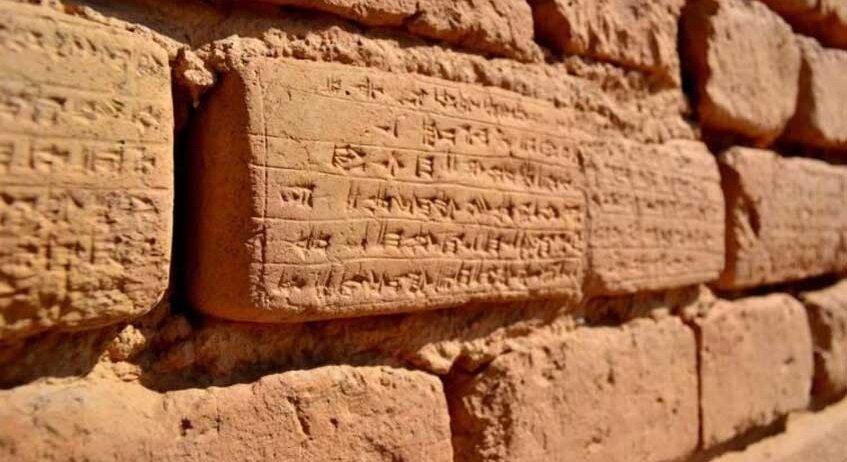View gigantic ziggurat of Tchogha Zanbil in 360 virtual tour

TEHRAN – Cultural heritage enthusiasts and ordinary people can virtually walk through the amazing ziggurat of Tchogha Zanbil, a UNESCO-registered prehistorical capital in southwest Iran, using a cutting-edge 3D technology.
“Nowadays, digital heritage has revolutionized the research, identification, preservation, and most importantly, the introduction of cultural heritage to audiences….. and in this regard, Tchogha Zanbil is recently been equipped with a 360-degree virtual tour system that enables people to tour the UNESCO-registered site,” Atefeh Rashnoei, director of the World Heritage, announced on Sunday.
A topmost tourist destination in Khuzestan province, the magnificent ruins of Tchogha Zanbil is considered by many the finest surviving example of the Elamite architecture in the globe. It was made a UNESCO site in 1979. Its construction started in c. 1250 BC upon the order of the Elamite king Untash-Napirisha (1275-1240 BC) as the religious center of Elam dedicated to the Elamite divinities Inshushinak and Napirisha.
The ziggurat overlooks the ancient city of Susa (near modern Shush) in Khuzestan Province. Reaching a total height of some 25m, the ziggurat was used to be surmounted by a temple and estimated to hit 52m during its heyday. UNESCO says that Tchogha Zanbil is the largest ziggurat outside of Mesopotamia and the best preserved of this type of stepped pyramidal monument. Tchogha Zanbil was excavated in six seasons between 1951 and 1961 by Roman Ghirshman, a Russian-born French archeologist who specialized in ancient Iran.
The World Heritage also includes Haft-Tappeh (literary meaning “Seven Mounds”), which is located 15 kilometers to the south of the ancient city of Susa. Early excavations in Haft-Tappeh conducted by the late Iranian archaeologist Dr. Ezzatollah Negahban yielded a large number of petroglyphs bearing cuneiform inscriptions in Akkadian, belonging to Elamite kings. The petroglyphs contain information on the religious beliefs, trading methods, and the political, cultural, and social relations of the time.
AFM/MG

Leave a Comment